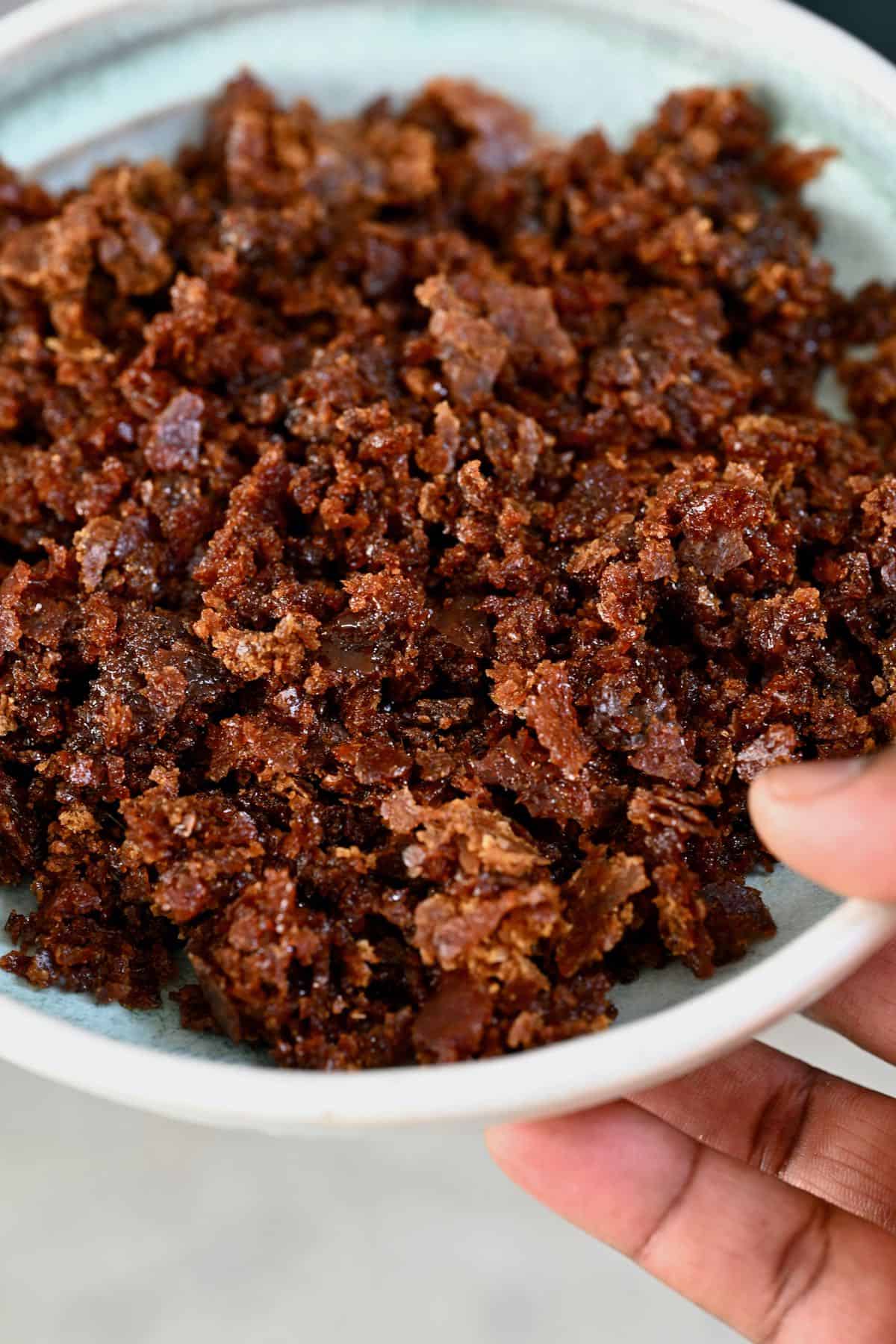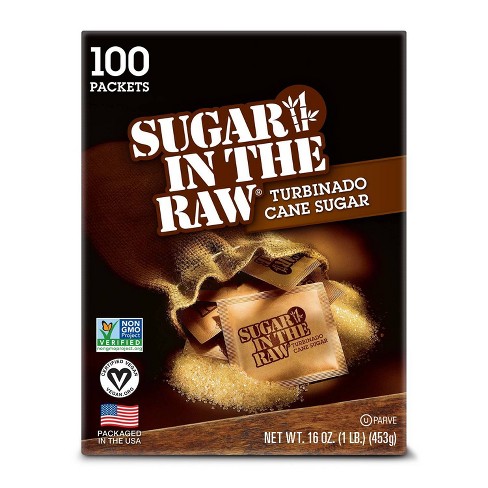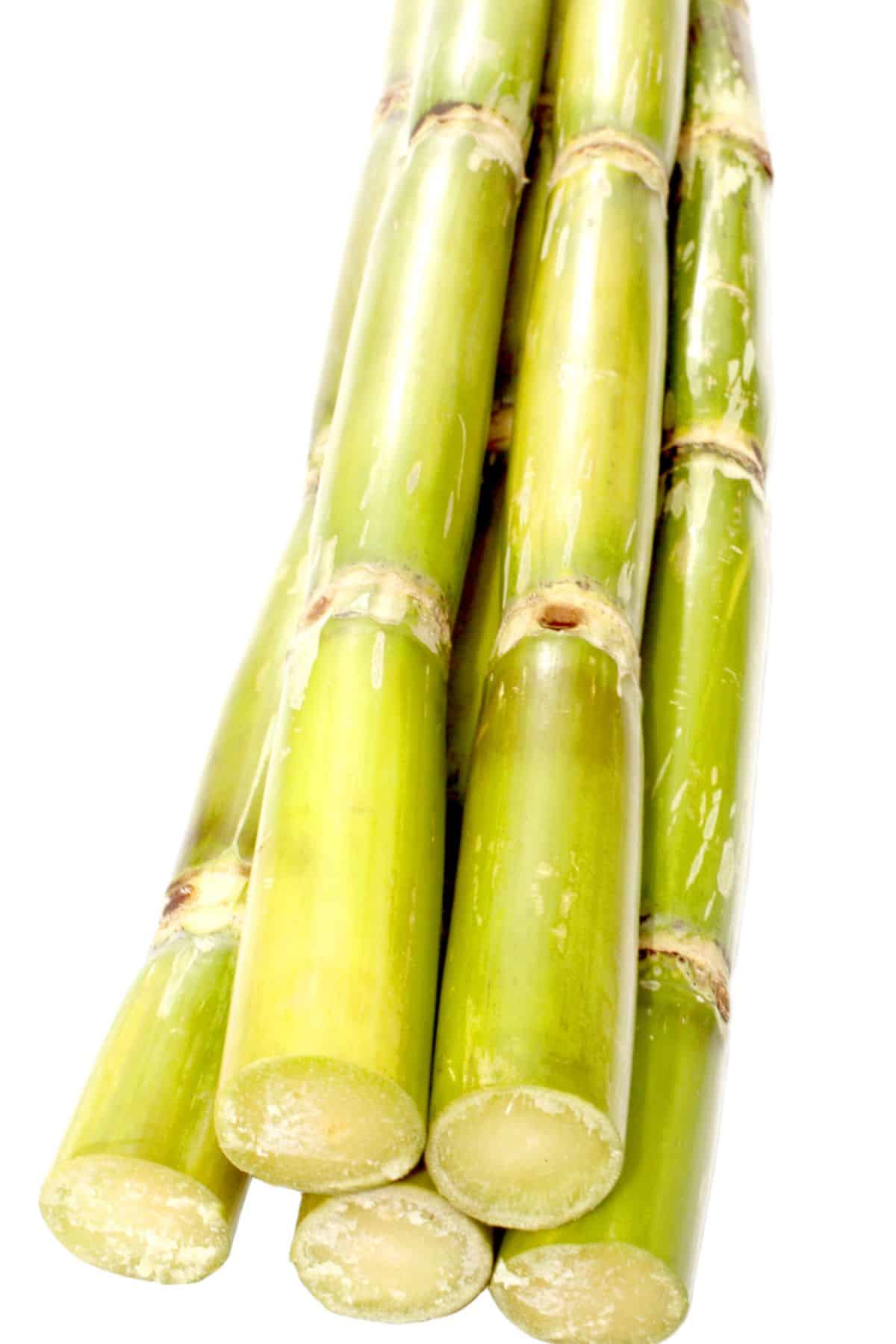Discovering the Comprehensive Steps Associated With Cane Sugar Handling From Harvesting to Improvement
The procedure of walking stick sugar manufacturing includes a collection of complex steps, starting with the cautious harvesting of sugarcane and finishing in the refinement phases that make certain the last item meets market standards. Each stage, from the removal of juice to the purification and crystallization processes, plays an important role in figuring out the top quality and personality of the sugar.
Collecting Sugarcane
Gathering sugarcane is an essential action in the walking cane sugar handling chain, as it straight affects the top quality and return of the last item. Correct timing and strategies are essential during this stage to make certain optimum sugar content and minimize losses. Typically, sugarcane is harvested when it gets to maturation, generally 12 to 18 months after growing, identified by a high sucrose concentration.

Post-harvest, the sugarcane must be processed swiftly to prevent sucrose degradation. Preferably, collected walking stick ought to be transported to processing centers within 24 hr to preserve sugar high quality. Therefore, effective logistical planning is vital to preserve the stability of the harvested plant throughout the supply chain.
Removal Refine

The smashed walking cane goes through a series of pushing procedures to make the most of juice recovery. Normally, warm water is splashed onto the smashed walking stick, producing a countercurrent flow that helps dissolve the sugar while likewise aiding in the removal procedure. The juice gathered from this procedure has not just sugar yet likewise various natural substances and pollutants.

To enhance extraction effectiveness, some centers may employ diffusion methods, where the sugarcane is soaked in hot water, enabling the soluble sugars to diffuse into the fluid. The resulting juice, abundant in sucrose, is after that guided to succeeding handling stages, laying the structure for filtration and improvement. The removal process is therefore critical in establishing the quality and yield of the final sugar item.
Filtration Strategies
The filtration strategies used in walking cane sugar handling are crucial for changing the raw juice right into a top quality sugar item. These techniques mostly aim to eliminate pollutants, such as soil, plant materials, and inorganic substances, which can adversely influence the last item's flavor and shade.
Among the most usual filtration techniques is information. This procedure involves including lime and warm to the raw juice, which assists in the coagulation of contaminations. The resulting precipitate is after that eliminated with sedimentation or filtration, generating a clearer juice. Furthermore, making use of phosphoric acid can improve the information process by more binding pollutants.
One more substantial method is carbonatation, where co2 is presented to the cleared up juice. This reaction creates calcium carbonate, which captures staying impurities and advertises their removal.
In addition, turned on carbon treatment might be applied to adsorb any type of remaining colorants and pop over here organic contaminations, making certain a more polished item. The combination of these approaches successfully prepares the sugar juice for subsequent action in the refining procedure, setting the phase for the production of high-quality walking stick sugar.
Crystallization Methods
After the purification stage, the next essential action in walking stick sugar processing entails condensation approaches, which play an essential duty in transforming the clarified juice right into solid sugar. This process normally uses 2 primary techniques: spontaneous crystallization and regulated condensation.
In spontaneous crystallization, supersaturated sugar remedies are allowed to cool down naturally, leading to the check out this site development of sugar crystals gradually. This technique is simpler however may lead to uneven crystal sizes and lower pureness levels. On the various other hand, regulated condensation is a more exact technique where seeding, temperature, and focus agents are thoroughly managed. This method enables the uniform development of sugar crystals and greater purity.
Throughout condensation, the cleared up juice is focused with evaporation, enhancing its sugar web content until it reaches supersaturation. Once this point is achieved, either technique can help with the formation procedure. Cane Sugar Processing. The resultant sugar crystals are then divided from the staying syrup via centrifugation
Ultimately, the option of formation approach impacts the quality, size, and pureness of the last sugar item, making this action crucial in the overall walking stick sugar handling procedure.
Refinement and Packaging
How can the pureness and high quality of walking stick sugar be even more boosted after formation? The improvement process plays an important role in attaining top notch walking stick sugar.
Following, the sugar is subjected to a procedure called centrifugation, where it is spun at high rates to separate the detoxified sugar crystals from the staying liquid. After centrifugation, the sugar is frequently more fine-tuned via an approach called carbonization or phosphatation, which uses triggered carbon or phosphoric acid to remove color and off-flavors.
As soon as refined, the sugar is dried out to accomplish the preferred dampness content, ensuring that it stays stable throughout storage and transport. The last step entails packaging the polished sugar in closed and moisture-proof containers to keep its high quality and protect against contamination. Cane Sugar Processing. Appropriate packaging not only prolongs life span however additionally promotes easy handling and circulation, making certain that consumers obtain sugar that fulfills the highest criteria of pureness and quality
Conclusion
The thorough actions associated with walking cane sugar handling, from the meticulous harvesting of sugarcane to the elaborate improvement and product packaging stages, emphasize the relevance of each stage in guaranteeing high-grade sugar manufacturing. Optimal harvesting techniques, reliable removal methods, and rigorous purification processes jointly add to the end product's pureness and security. The formation and subsequent packaging techniques additionally improve the stability and life span of the sugar, highlighting Web Site the complexity and precision inherent in this important farming sector.
The procedure of walking cane sugar manufacturing includes a collection of detailed actions, beginning with the careful harvesting of sugarcane and culminating in the refinement phases that make certain the last product meets industry criteria. Preferably, gathered cane should be transferred to processing facilities within 24 hours to maintain sugar top quality.In spontaneous condensation, supersaturated sugar services are allowed to cool naturally, leading to the formation of sugar crystals over time - Cane Sugar Processing. The improvement process plays a vital role in achieving high-quality walking cane sugar.The detailed steps entailed in cane sugar processing, from the thorough harvesting of sugarcane to the elaborate improvement and packaging stages, emphasize the value of each phase in making certain high-grade sugar production